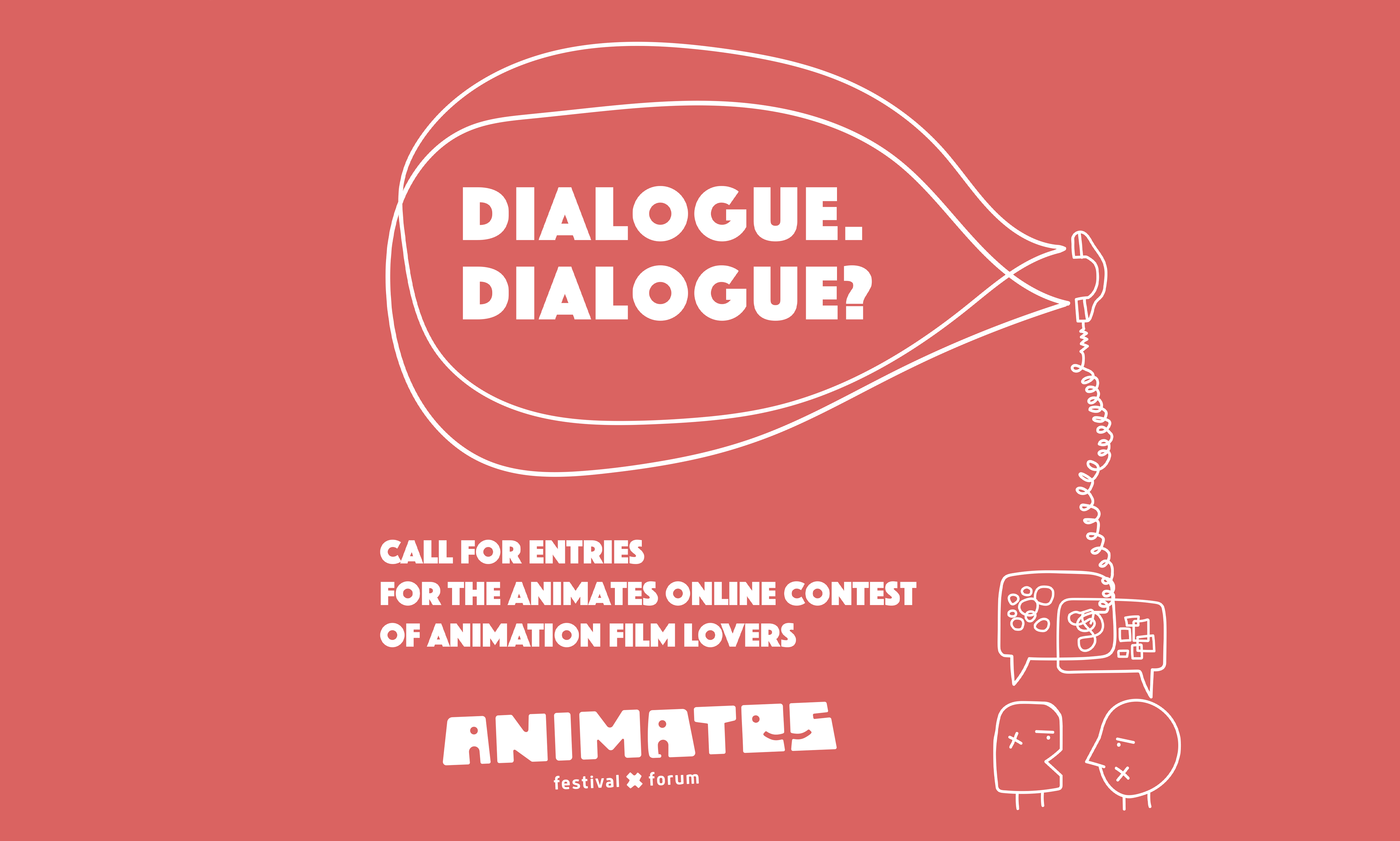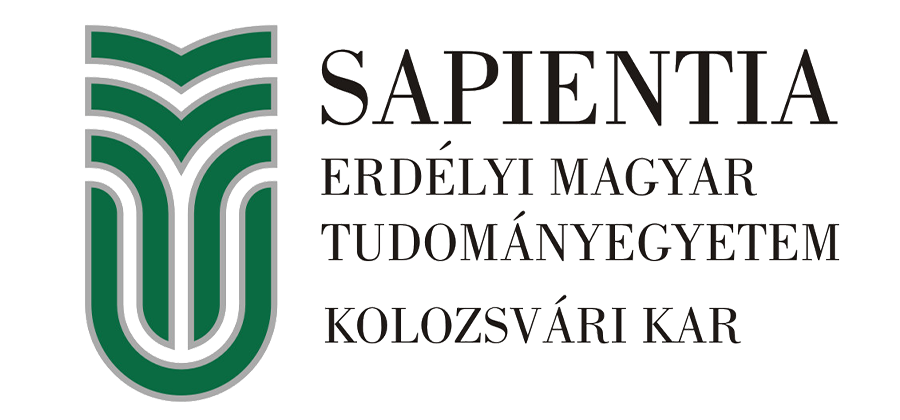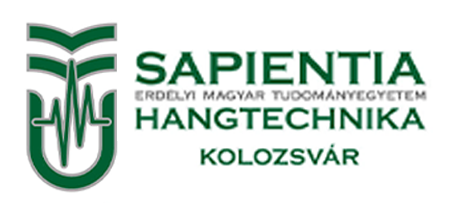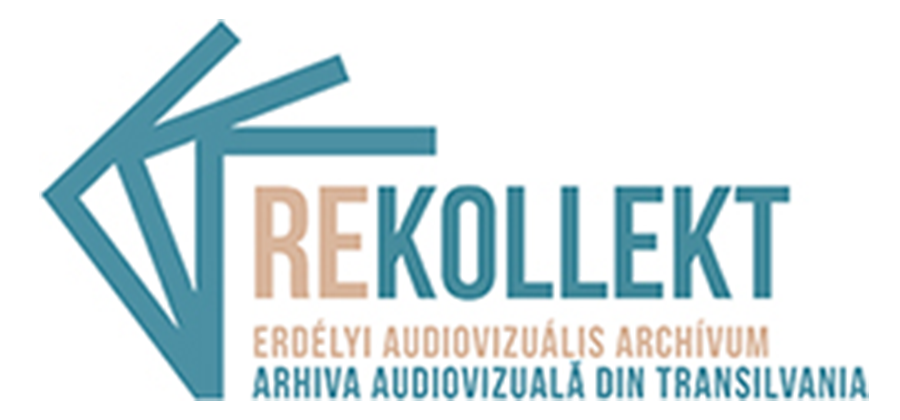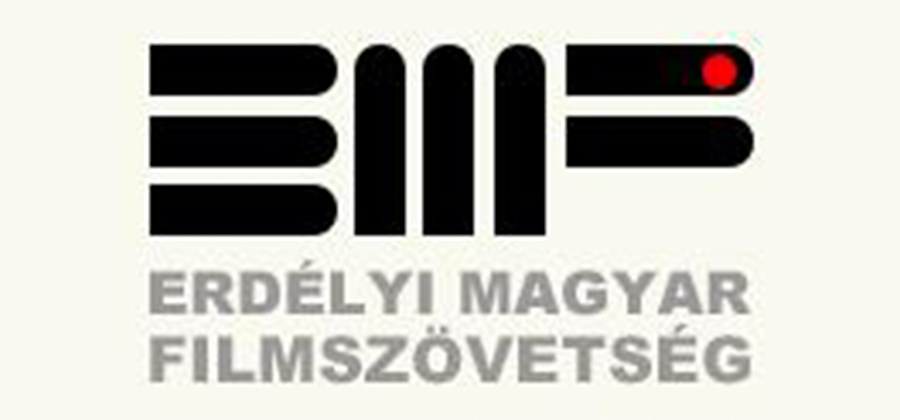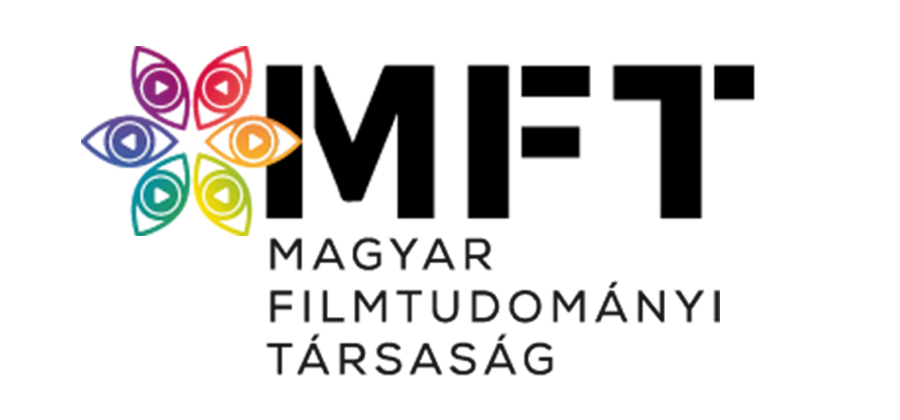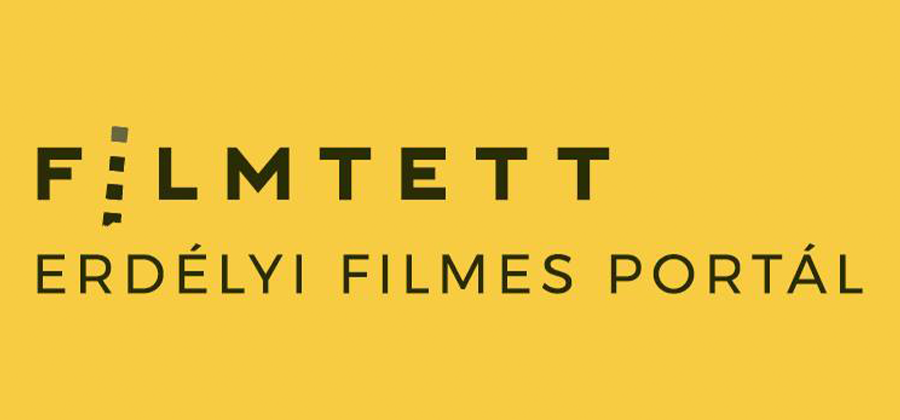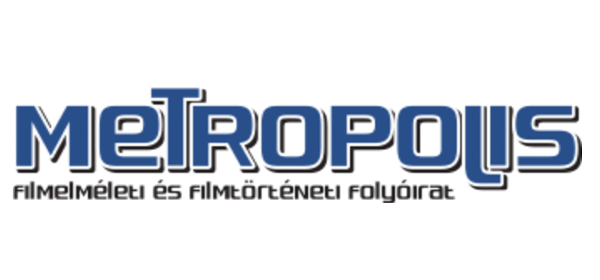| Cercetare / Conferinţe / | anterior | următor |
Rethinking Intermediality in the Digital Age
Cluj-Napoca, 24-26 octombrie, 2013. Universitatea Sapientia
Conferința lansează programul de cercetare despre intermedialitate finanțate de CNCS-UEFISCDI (proiect nr.PN-II-ID-PCE-2012-4-0573) al departamentului.
CONFERENCE PROGRAMME AND ABSTRACTS
VIDEOS:
Keynote speakers:
- MARIE-LAURE RYAN, independent scholar, Colorado (USA), co-editor of Intermediality and Storytelling(2010), author of Avatars of Story (Electronic Mediations) (2006), Narrative across Media: The Languages of Storytelling (2004), Narrative as Virtual Reality. Immersion and Interactivity in Literature and Electronic Media (2001), etc.
- HENRY JENKINS, University of Southern California (USA), author of Convergence Culture: where Old and New Media Collide (2007), currently co-authoring a book on "Spreadable Media."
Read Henry Jenkins's blog entries about the conference here:
- Henry and Henry’s Amazing Adventures in Transylvania
- Highlights from the “Rethinking Intermediality in the Digital Age” Conference
- JOACHIM PAECH, University of Konstanz (Germany), author of Menschen im Kino. Film und Literatur erzählen (2000), Literatur und Film (1997), PASSION oder Die EinBILDungen des Jean-Luc Godard (1989), as well as several seminal articles on the theory of intermediality in film, literature, and new media.
- CONCLUDING ROUND TABLE: "Rethinking Intermediality in the Digital Age?"
Call for Papers
In the past decades "intermediality" has proved to be one of the most productive terms in the domain of humanities. Although the ideas regarding media connections may be traced back to the poetics of the Romantics or even further back in time, it was the accelerated multiplication of media themselves becoming our daily experience in the second half of the twentieth century that propelled the term to a wide attention in a great number of fields (communication and cultural studies, philosophy, theories of literature and music, art history, cinema studies, etc.) where it generated an impressive number of analyses and theoretical discussions. "Intermediality is in" („Intermedialität ist in"), declared one of its pioneering theorists, Joachim Paech, at the end of the 1990s. However, we may also note, that since then other theoretical approaches introduced even newer perspectives that have not only revitalized the study of media phenomena in general but have specifically targeted the emerging new problematics raised by the new electronic media. Facing the challenge of the daily experiences of the digital age, discussions of media differences or ‘dialogues' highlighting the ‘inter,' the ‘gap,' the ‘in-between,' the ‘incommensurability' between media are currently being replaced by discourses of the ‘enter' or ‘immersion,' and the ‘network logic' of a ‘convergence culture' in which we have a "free flow of content over different media platforms" (Henry Jenkins). At the same time the turn towards the corporeality of perception in all aspects of communication has also shifted the attention from the ‘interaction of media' towards the ‘interaction with media,' from the idea of ‘media borders' towards the analysis of the blurring of perception between media and reality, of humans and machines - media being perceived more and more not as a form of representation but as an environment and as a means to ‘augment' reality.
Nowadays media continuously mutate, relocate and expand, while connections between ‘old' and ‘new' media are being established with incredible fluidity. Accordingly, we may ask: what are the new perspectives for intermedial research in the digital age? While media are continuously changing and expanding, how can we relocate the "in-between"? If we consider ‘intermediality' first and foremost ‒ as suggested by Jürgen E. Müller ‒ as a "research concept" (Suchbegriff), how can this concept be effectively applied to the media we see around us today? And if we believe that the "ecosystem" of contemporary media can be understood not as a unified digital environment that nullifies differences, but as a thriving and highly diversified, "multisensory milieu" (Jacques Rancière) that poses new challenges both for the consumer/producer and the theorist, how can we address these challenges? How do media differences persist and how do these differences still matter despite voices advocating the so called "post-medium condition"?
As the Society for Intermedial Studies launches its own expanded, international format (ISIS), we think it is timely to address once more the major issues for which this society exists, and to invite participants to examine new forms of ‘intermedialities.' In doing so participants may address a broad range of questions relating to ‘old media' and ‘new media,' and their possible interactions, focusing on the wide array of intermedia phenomena and new type of relationships that new media have produced, but also on how pre-digital media relations can be re-evaluated, and how historical paradigms of intermediality may already be distinguishable viewed from the standpoint of the contemporary media landscape.
Proposals may address (but are not limited to) the following questions either from a theoretical point of view or through concrete analyses:
- Media on the move? Media relations produced by expansions and relocations of media (e.g. "the virtual life of film," the expansions of the "photographic" and of the "cinematic" over other media, e-literature, etc.), the emergence of mobile screens, the fact that media use is more and more related to moving in the literal sense of the word: mobility and navigation.
- Relocating the ‘in-between': intermediality, inter-sensuality, multimodality and interactivity, assessing the contribution of cognitive theories (and neuroscience), phenomenology and post-phenomenology to the study of understanding interactions of media and interactions with multiple media.
- Performing in (new) intermedial spaces: intermedial performance in art and society. Being ‘in touch' with reality - being ‘in touch with media:' researching new (trans)media practices.
- Intermediality and new forms of digital storytelling: new perspectives in transmedial narratology, new media and narratology (e.g. narrativity and e-platforms, games versus "old" media etc.), the aesthetics of the intermedia flow, of complex, network narratives generated by the experiences of the new media age.
- Modelling and mapping intermedialities: historical paradigms of intermedial relations (pre-modern, modern, post-modern intermediality); the aesthetics and ‘politics' of intermediality before and after the digital age; historical research on intermediality related to media migration, cultural heritage and changing relationships between production, distribution, and perception.
We invite both proposals for individual papers and pre-constituted panels. Panels may consist of 3 or 4 speakers.
We address this call for papers not only to university scholars, researchers but also to students of PhD programs, or even to M.A. students who wish to engage in a debate on the given topic.
The conference proposes to facilitate academic communication between existing centres of research specializing in film and media studies within different universities, and at the same time, it encourages students on different academic levels to be initiated into scientific research.
The time for presentations is limited to maximum 20 minutes, followed by a 10 minute debate.
Deadline for the submission of proposals: 20 May 2013.
We will notify you about the acceptance of your proposals by: 1 June 2013.
Submission of proposals: please complete this submission form and send it as an attachment to the following address: 2013.rethinking.intermediality@gmail.com
The best papers written based on the conference presentations will be published either in English in our department's international, peer reviewed scientific journal (Acta Universitatis Sapientiae. Film & Media Studies) or in a conference volume.
The official language of the conference is English.
Conference fee (which includes participation, conference buffet and banquet): 120 EUR, special fee for participants from post-communist countries: 70 EUR. The fee is to be paid on arrival at the conference registration desk.
Download the Call for Papers in pdf form.
Recommended possibilities of accommodation:
To help you make your own booking, here is a list of hotels and hostels located in the vicinity of the conference venue, at a maximum distance of 15 minutes' walk. You can make your reservation either by phone or via e-mail (usually the hotel/hostel staff speaks English). Please note that the Conference itself makes no bookings. However, if all your attempts to reserve a room prove unsuccessful, do contact the organizing committee.
Fullton Hotel ***
www.fullton.ro/
Tel./fax: +40 264 597 898; tel.: +40 264 597 766
e-mail: office@fullton.ro
Hanul Fullton (Fullton Inn Hotel) ***
http://www.hanulfullton.ro/
Tel: +40-264-484748, +40-364-144756
Fax: +40-264-484748
e-mail: office@hanulfullton.ro
Hotel Transilvania ***
http://www.hoteltransilvaniacluj.ro/en/
Tel.: +40 264 594 429
e-mail: reception@hoteltransilvaniacluj.ro
Melody Hotel ***
http://www.centralmelody.com/
Tel.: +40 268 510 800; +40 730 031 415
City Plaza Hotel ****
www.cityhotels.ro/
Tel.: +40 264 450 101; fax: +40 264 450 152
e-mail: contact@cityhotels.ro
Transylvania Hostel
www.transylvaniahostel.com
Tel.: +40 264 443 266; mobile: +40 371 172 075
e-mail: office@transylvaniahostel.com
Retro Youth Hostel
www.retro.ro
Tel.: +40 264 450 452; mobile: +40 755 114 989
e-mail: retro@retro.ro
Hostel Heltai
http://www.cazareclujnapoca.ro/en/Hostel/Hostel-Heltai-75.html
Tel./fax: +40 264 590 096
e-mail: heltai_gaspar@yahoo.com
City Center Hostel
http://www.xpert.ro/
Tel/fax: +40 264 594 454
e-mail: rezervari@citycenterhostel.ro
Travel information
Cluj Napoca Airport: www.airportcluj.ro/
Low-cost flights to Cluj: http://book.wizzair.com/
Clickable, searchable map of Cluj: www.cluj4all.com/navigator
Train: www.mersultrenurilorcfr.ro/
Cluj Napoca Airport is located at 8 km from the city, so it is easy and fairly cheap to get to the center by taxi or bus.
The Conference is supported by a grant of the Ministry of National Education, CNCS – UEFISCDI, project number PN-II-ID-PCE-2012-4-0573
Sponsors of the conference: Wedas Promotionals, Culina Nostra Catering and Pulp Fiction.
Special media partner: Transindex. Other media partners: MTVA, Kolozsvári Rádió, Maszol.ro, Erdély TV, Krónika, Erdélyi Napló and Szabadság.





